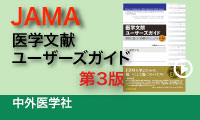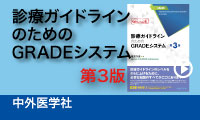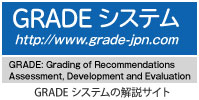GRADE guidelines 27: how to calculate absolute effects for time-to-event outcomes in summary of findings tables and Evidence Profiles.
J Clin Epidemiol. 2020 Feb;118
Time-to-eventデータを使ったレビューやガイドラインを作成している方々には必須の内容です。
「診療ガイドラインのためのGRADEシステム3版」にも一部を記載しています。
絶対効果を誤って計算しているガイドラインが少なくないです。
Abstract
**********************************************************
OBJECTIVES:
To provide GRADE guidance on how to prepare Summary of Findings tables and Evidence Profiles for time-to-event outcomes with a focus on the calculation of the corresponding absolute effect estimates.
STUDY DESIGN AND SETTING:
This guidance was justified by a research project identifying frequent errors and limitations in the presentation of time-to-event outcomes in the Summary of Findings tables. We developed this guidance through an iterative process that included membership consultation, feedback, presentation, and discussion at meetings of the GRADE Working Group.
RESULTS:
Review authors need to carefully consider the definition of the outcome of interest; although often the event is used as label for the outcome of interest (e.g., death or mortality), the event-free survival (e.g., overall survival) is reported throughout individual studies. Review authors should calculate the absolute effect correctly, either for the event or absence of the event. We also provide examples on how to calculate the absolute effects for events and the absence of events for various baseline or control group risks and time points.
CONCLUSIONS:
This article aids in the development of Summary of Findings tables and Evidence Profiles, including time-to-event outcomes, and addresses the most common scenarios when calculating absolute effects in order to provide an accurate interpretation.


